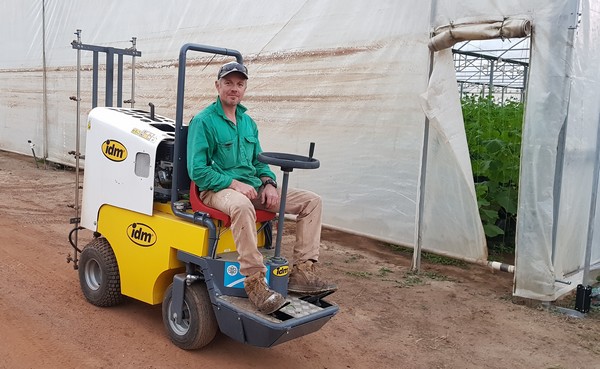In the realm of agriculture, where precision and efficiency are paramount, the process of transplanting plays a crucial role in determining the success of crop cultivation. Whether you’re a seasoned farmer or a budding agricultural enthusiast, mastering the art of transplanting is essential for nurturing robust, thriving plants. In the realm of controlled environment agriculture (CEA), where environmental factors are meticulously controlled to optimize plant growth, transplanting remains a critical stage that demands careful attention.
According to recent studies, transplanting shock can significantly impede plant growth and development, leading to reduced yields and financial losses for farmers. In CEA systems, where plants are grown in enclosed environments such as greenhouses or hydroponic setups, the risk of transplant shock persists despite the controlled conditions. Therefore, adopting best practices to minimize transplant shock is imperative for maximizing the productivity and profitability of CEA operations.
One of the most effective strategies to mitigate transplant shock is to schedule transplanting during optimal times of the day. Research indicates that transplanting during the late afternoon or early morning hours can minimize stress on plants by reducing exposure to extreme temperatures and environmental fluctuations. By strategically timing transplanting activities, farmers and agricultural professionals can provide their plants with the ideal conditions for acclimatization, facilitating smoother transitions and promoting robust growth.
Moreover, employing proper handling techniques during transplanting is crucial for minimizing stress on delicate plant roots. Experts recommend gently removing seedlings from their containers and carefully transferring them to their new growing medium, ensuring minimal disturbance to the root system. Additionally, maintaining adequate moisture levels in the transplanting medium and providing proper hydration to the newly transplanted seedlings can help alleviate stress and promote rapid root establishment.
In addition to timing and handling, optimizing environmental conditions post-transplantation is essential for ensuring the success of the transplanting process. Monitoring factors such as temperature, humidity, and light intensity in CEA systems allows farmers to create an optimal growing environment that supports the recovery and growth of transplanted seedlings. By fine-tuning environmental parameters and providing tailored care, agricultural professionals can maximize the resilience and vigor of their crops, ultimately enhancing overall productivity and profitability.
In conclusion, mastering the art of plant transplanting is a fundamental skill for farmers, agronomists, agricultural engineers, and farm owners engaged in controlled environment agriculture. By implementing proven techniques to minimize transplant shock and optimize post-transplantation care, agricultural professionals can foster healthier, more resilient crops and unlock the full potential of their CEA operations.












